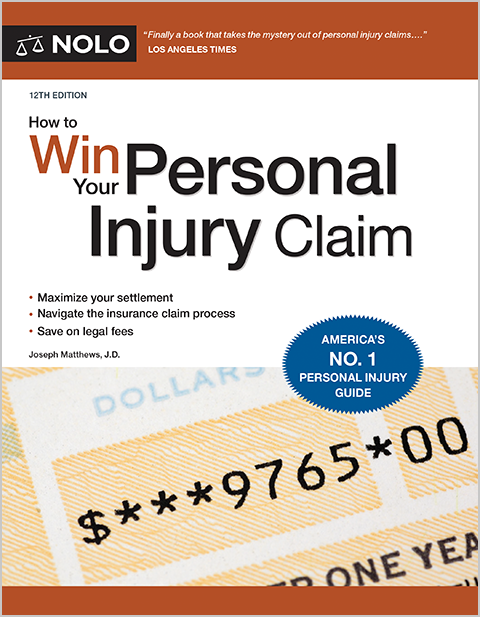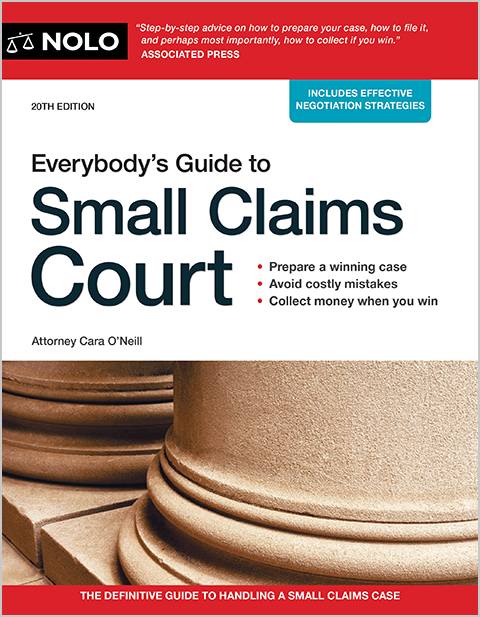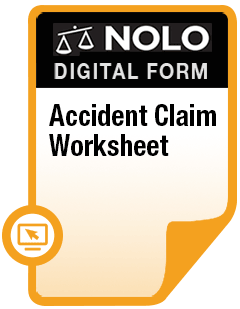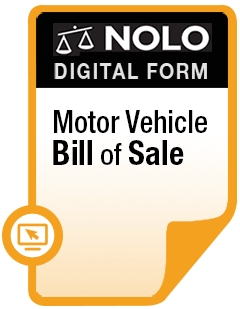A taxi cab's involvement in a car accident doesn't limit your ability to make an injury claim, but it could affect the outcome.
Especially in larger cities, it's not uncommon for a traffic accident to involve a taxi cab. For example, you might be:
- involved in an accident where a taxi hits your vehicle
- riding as a passenger in a cab when it's involved in a crash, or
- struck by a taxi while a pedestrian.
From a legal standpoint, the fact that a taxi is involved doesn't affect your ability to make a claim for your car accident injuries. It could, however, affect the outcome of your claim, in part because a cab driver is dependent on driving a cab for their livelihood, so they may be more prone to fight car accident liability far more vigorously than the average driver might. Let's take a closer look at these kinds of cases.
- When a Taxi Hits Your Vehicle
- When You're Injured as a Taxi Passenger
- What to Do After the Accident
- Do Taxi Drivers Have Their Own Insurance?
- Filing an Injury Claim After a Taxi Cab Accident
- Challenges in Settling Taxi Passenger Injury Claims
- Are Taxi Accidents the Same as Uber and Lyft Accidents?
- What's Next?
When a Taxi Hits Your Vehicle
If a taxi cab hits the car that you're driving (or one you're riding in as a passenger), that's a standard two-car accident case. Anyone bringing an injury claim in this situation must be able to prove two things in order to win the case:
- liability (that someone else was at fault for the car accident), and
- their damages (the extent of their injuries and other losses).
Bottom line: If you can prove that the taxi cab driver was negligent, you're likely to win the case (although that might be easier said than done; more on this later).
When You're Injured as a Taxi Passenger
If you're a passenger in a taxi cab that gets into an accident with another car, that's a standard passenger car accident injury case.
In general, a passenger who gets hurt in a car accident usually has an easier case than a driver, because the passenger probably doesn't have to worry about proving liability. It's almost impossible to have a two-car accident without at least one of the drivers being deemed negligent. So the passenger can typically file a liability car insurance claim (or a personal injury lawsuit) against one or both drivers, and let them sort out liability.
What to Do After the Accident
The first thing you should do after any car accident is get the names and contact information of all people involved in the crash, and of all witnesses.
Next, take pictures—of the accident scene, the cars involved, accident debris, or anything else that's relevant—from as many angles as you can.
With accidents involving taxis, make sure to ask the taxi driver for their medallion number, chauffer's license, or any other licensing documentation. Make note of the markings on the cab that might indicate which company the driver is affiliated with.
You should also call the police and ask that an officer be dispatched to the accident scene. Many states have a law requiring that local law enforcement be informed if a car accident causes bodily injury or more than minor property damage. But, especially after a taxi cab accident, you'll generally want details of the crash preserved in a police report, so make sure law enforcement comes to the scene.
Do Taxi Drivers Have Their Own Insurance?
A taxi driver is almost always going to be insured under:
- their own liability car insurance (usually a special type of commercial liability coverage called "livery" or something similar, meaning the driver is in the business of transporting people), or
- a commercial liability policy carried by the company whose name the driver operates under (the company might take a portion of the driver's fares to cover the cost of insuring the driver).
In either situation, anyone injured through the fault of the taxi driver could end up making a third-party car insurance claim under the applicable coverage.
Filing an Injury Claim After a Taxi Cab Accident
Again, a taxi cab accident claim typically proceeds just like any other type of car accident claim.
If you were a driver and the taxi hit your car, you can file a third-party insurance claim with the taxi's insurer, or take the matter to court via a personal injury lawsuit.
If you were a passenger in the cab, you would file claims with the insurers of all of the drivers involved unless one of the drivers was obviously not negligent. If you were injured as a passenger in a no-fault car insurance state, you might be able to file a personal injury protection (PIP) or no-fault claim for your medical bills and lost earnings under your own coverage (if you have it), or under the insurer for the car you were riding in (since passengers are covered under a driver's no-fault coverage).
Challenges in Settling Taxi Passenger Injury Claims
Two problems can arise in taxi cab accident claims:
- In a two-car accident where both drivers may be at fault, the insurers often dispute the extent of each driver's liability.
- Multiple passenger injury claims can exhaust the available insurance coverage.
Let's take a look at both of these situations.
In a two-car accident in which both drivers are at fault, the insurers often play hardball with each other and with the injured passenger, hoping that someone else will give up and accept a less-than-favorable car accident settlement.
Let's assume that both drivers are equally at fault and the injured passenger's claim is worth about $200,000. That means each insurer should pay about $100,000 to settle the case. But if one of the insurers believes that its driver is only 25% at fault, it may only be willing to settle for $50,000. Since the other insurer won't want to pay $150,000 to settle, the case can't get resolved unless the injured passenger agrees to accept less than what the case is worth, or the case goes to court
Where there are multiple injured passengers, the total value of all of the injury claims may exceed the available car insurance coverage. That means each injured person will have to settle with the negligent driver for less than what their case is worth, or try to hold the driver personally responsible outside of the insurance realm, which can be extremely challenging. Once insurance coverage is exceeded, the challenge of collecting is akin to that of making a claim against an uninsured driver.
Are Taxi Accidents the Same as Uber and Lyft Accidents?
There are obvious similarities, since in both scenarios a driver is making money by transporting passengers, and any traffic accident involving taxis or Uber/Lyft vehicles can result in similar liability and insurance coverage questions.
One of the main differences is in the way that Uber and Lyft drivers are typically insured. Both companies offer coverage for their drivers, but the application and extent of that coverage depends on when the accident occurred (while the driver is merely on the app, while they have a passenger, and so on). Here's what you need to know if you're hit by an Uber or Lyft driver, and what Uber/Lyft passengers should know if they're in an accident.
What's Next?
Any time a traffic accident involves a taxi, it can add an extra layer or two of confusion to an already stressful scenario. Especially if you ended up with serious injuries in an accident involving a taxi, it might make sense to discuss your situation—and your options—with an attorney. Learn more about how a lawyer can help with your traffic accident claim.
- When a Taxi Hits Your Vehicle
- When You're Injured as a Taxi Passenger
- What to Do After the Accident
- Do Taxi Drivers Have Their Own Insurance?
- Filing an Injury Claim After a Taxi Cab Accident
- Challenges in Settling Taxi Passenger Injury Claims
- Are Taxi Accidents the Same as Uber and Lyft Accidents?
- What's Next?



